Name Margery Fish | Role Writer | |
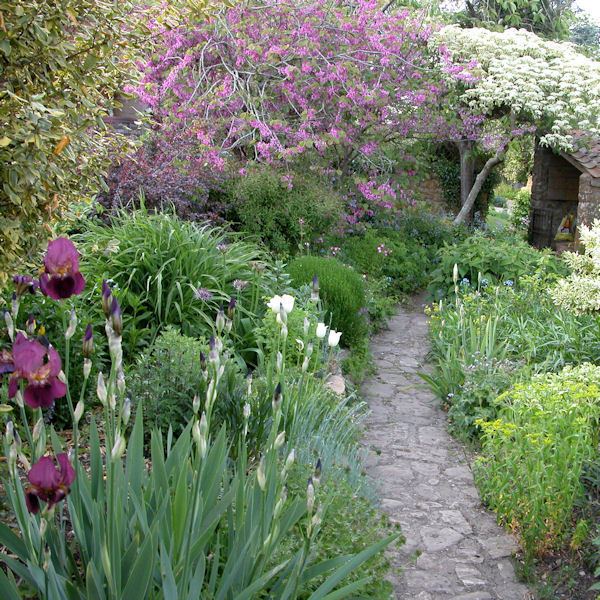 | ||
Books We Made a Garden, Cottage Garden Flowers, Gardening in the Shade, A flower for every day, An all the year garden | ||
Margery Fish inspired: Cavorting in my Garden.
Margery Fish (née Townshend) (5 August 1892 – 24 March 1969) was an English gardener and gardening writer, who exercised a strong influence on the informal cottage garden style. The garden she created, at East Lambrook Manor, has Grade I listed status.
Contents
- Margery Fish inspired Cavorting in my Garden
- East Lambrook Manor Gardens Somerset
- Background
- Gardening
- Writing
- Legacy
- Books
- References
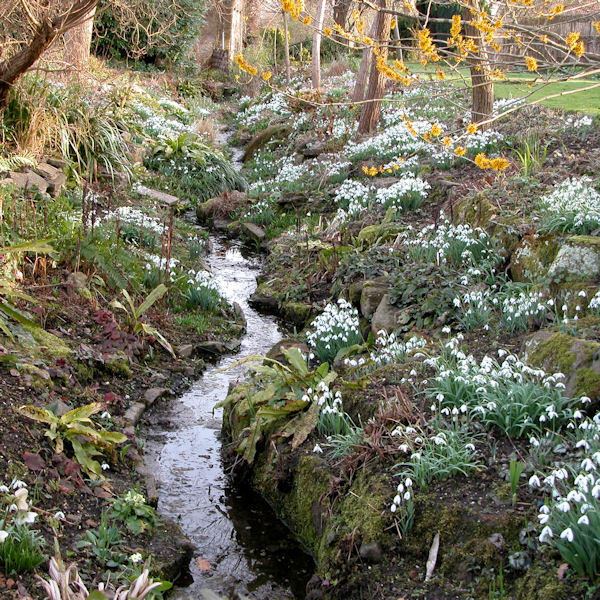
East Lambrook Manor Gardens, Somerset
Background
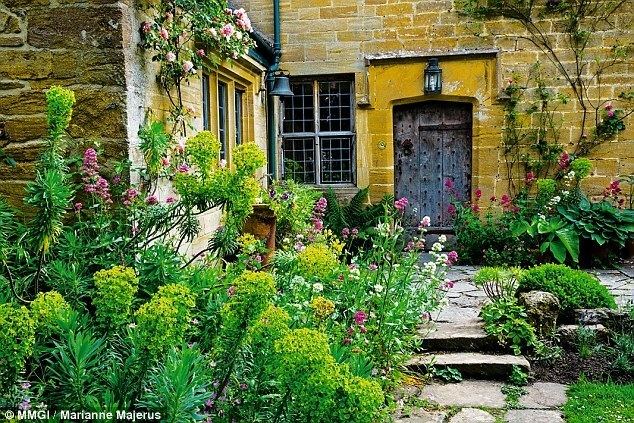
Margery Townshend was born on 5 August 1892 in Stamford Hill, now part of the London Borough of Hackney, as the second of the four daughters of Ernest Townshend (died 1926), a commercial traveller in tea, and his wife Florence Harriet, née Buttfield (died 1920).
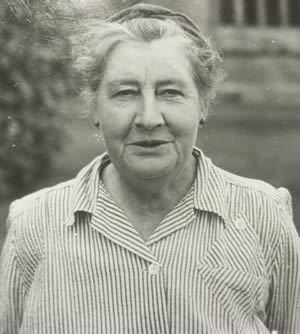
She was educated at the Friends School Saffron Walden and at a secretarial college, before spending twenty years working in Fleet Street, initially with countryside magazines and then with Associated Newspapers. There she accompanied Lord Northcliffe on a war mission to the United States in 1916, and then worked as secretary to six successive editors of the Daily Mail, the last of whom, the widower Walter Fish, she married on 2 March 1933, three years after his retirement. During and after her period with Associated Newspapers she wrote for several papers and periodicals, including The Field.
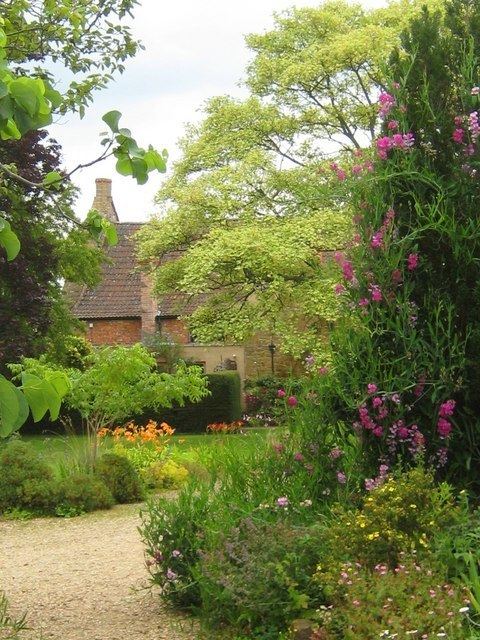
A visit to Germany in 1937 convinced Walter Fish that war was inevitable and they should move to the country. They eventually bought East Lambrook Manor in the Somerset parish of Kingsbury Episcopi in November that year. The house, which was designated a Grade II* listed building in 1959, was built of Somerset hamstone in the 15th and 16th centuries and came with two acres of land.
Gardening
Margery Fish was a novice at gardening, but she knew that she wanted an informal garden using cottage garden flowers, while allowing also for self-spreading and self-seeding of native plants. There was to be floral interest appearing all the year round. Her husband, on the other hand, preferred a more formal style with extravagant displays of summer flowers. The battle of wills between them was described in the first of her gardening books, We Made a Garden (1956), which is as much about a difficult marriage as about the difficulties of starting a garden from scratch.
Only after Walter's death in 1947 could Margery fully implement her ideas and develop her skills as a plantswoman. She became interested especially in unfashionable green hellebores and other shade-loving spring flowers. She sought to make things grow in cracks and crevices. She soon had a group of correspondents, with whom she swapped ideas and rare plant material. These included Lawrence Johnston of Hidcote Manor, Gloucestershire, the garden designer Nancy Lindsay, and the Somerset neighbour Violet Clive of Brympton d'Evercy, an equally passionate gardener. By the late 1950s, East Lambrook garden was being opened to the public for charity and had a small plant nursery attached to it. In 1963, she received a silver Veitch Memorial Medal from the Royal Horticultural Society.
As the garden's present-day website puts it, "Margery Fish developed a style of gardening which was in tune with the times: the Second World War had made labour scarce and expensive and it was no longer a reality to have paid teams of gardeners. Gardens had to change. While the cottage garden style was already apparent at Hidcote and Sissinghurst, these were gardens that still required paid gardeners. What Mrs Fish created at East Lambrook Manor, was a grand cottage garden on a domestic scale." The garden was awarded Grade I status by English Heritage in 1992.
For many years Fish indeed used very little gardening help. She squeezed her writing around working 18-hour days on developing and maintaining the garden, even doing dry stone walling and path-laying herself. Her silver garden caught the heat of the day, and her damp, shady garden used a stream that ran behind an old malthouse. The silver-leafed wormwood Artemisia absinthium 'Lambrook Silver' is still a popular variety. Other varieties named after her garden include the spurge Euphorbia characias ssp. wulfenii 'Lambrook Gold', the cotton lavender Santolina chamaecyparissus 'Lambrook Silver', and the primrose Primula 'Lambrook Mauve'. She hunted out several rare old double forms and single and named coloured forms of primrose. There are varieties of Pulmonaria, Penstemon, Bergenia, Dicentra, Hebe, Euphorbia characias and Hemerocallis named after her. She is credited with aptly naming the variety Astrantia major subsp involucrata 'Shaggy' on discovering it in her garden.
Margery Fish became an avid galanthophile or snowdrop enthusiast. Her book A Flower for Every Day includes an account of the giant snowdrop variety 'S. Arnott', first exhibited at a Royal Horticultural Society exhibition in 1951 and acquired by her from a specialist company. There were said in 2008 still to be 60 different named varieties of Galanthus nivalis growing at East Lambrook. Several snowdrop varieties discovered in the "ditch garden" at Lambrook since Margery Fish's death have been named and described.
Writing
Apart from writing eight books of her own, Margery Fish contributed to the Oxford Book of Garden Flowers (1963) and The Shell Gardens Book (1964), and wrote a regular column in the 1950s and 1960s for Amateur Gardening and then Popular Gardening. She also made regular broadcasting appearances and gave lectures. A database compiled in the 1990s of every plant she mentioned in print contains 6500 items, including over 200 single snowdrop varieties. Michael Pollan, reviewing a belated 1996 first US edition of We Made a Garden, called Fish "the most congenial of garden writers, possessed of a modest and deceptively simple voice that manages to delicately layer memoir with horticultural how-to."
Legacy
Margery Fish died in South Petherton Hospital, Somerset, on 24 March 1969, leaving her house and garden to a nephew, Henry Boyd-Carpenter. He and other relatives kept up the garden and extended the nursery. They were sold in 1985, but the next owners, Andrew and Dodo Norton, maintained the garden and nursery and continued to develop the legacy of Margery Fish, before handing over to the Williams family in 1999.
However, according to David St John Thomas writing in 2004, "It was a miracle that [the garden] survived unscathed." Robert and Mary Anne Williams bought it after visiting the house in the dark and had no inkling of the garden's importance, with its two longstanding gardeners, or knowledge of Margaret Fish. However, Robert completed a Royal Horticultural College course, and they were soon employing 28 staff, with a tearoom, shop and art gallery.
The present owners, Gail and Mike Werkmeister, took over in 2008. The garden is open to the public regularly and some Royal Horticultural Society and Yeovil College horticulture courses are held there.
Books
All the titles have been reprinted in various forms at various times. Several have been translated into German, Dutch, Italian and other languages.
